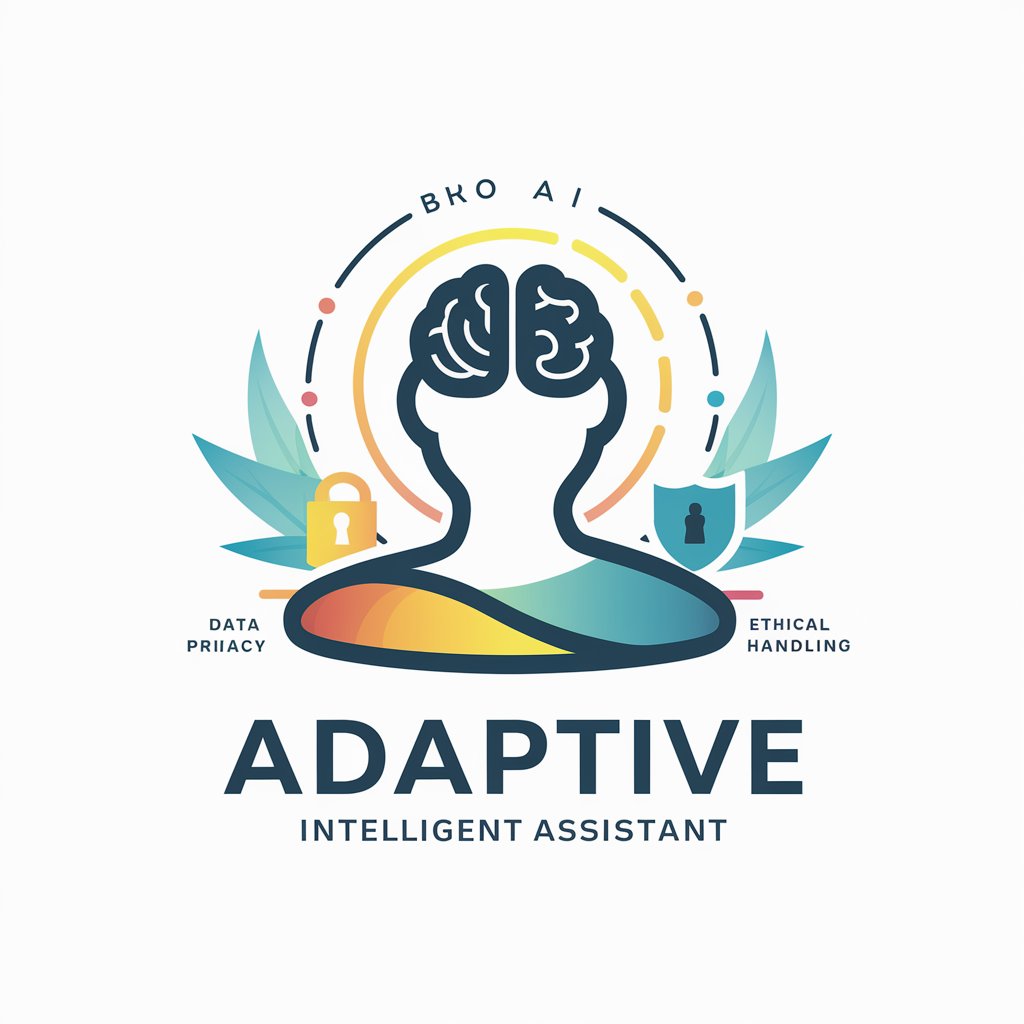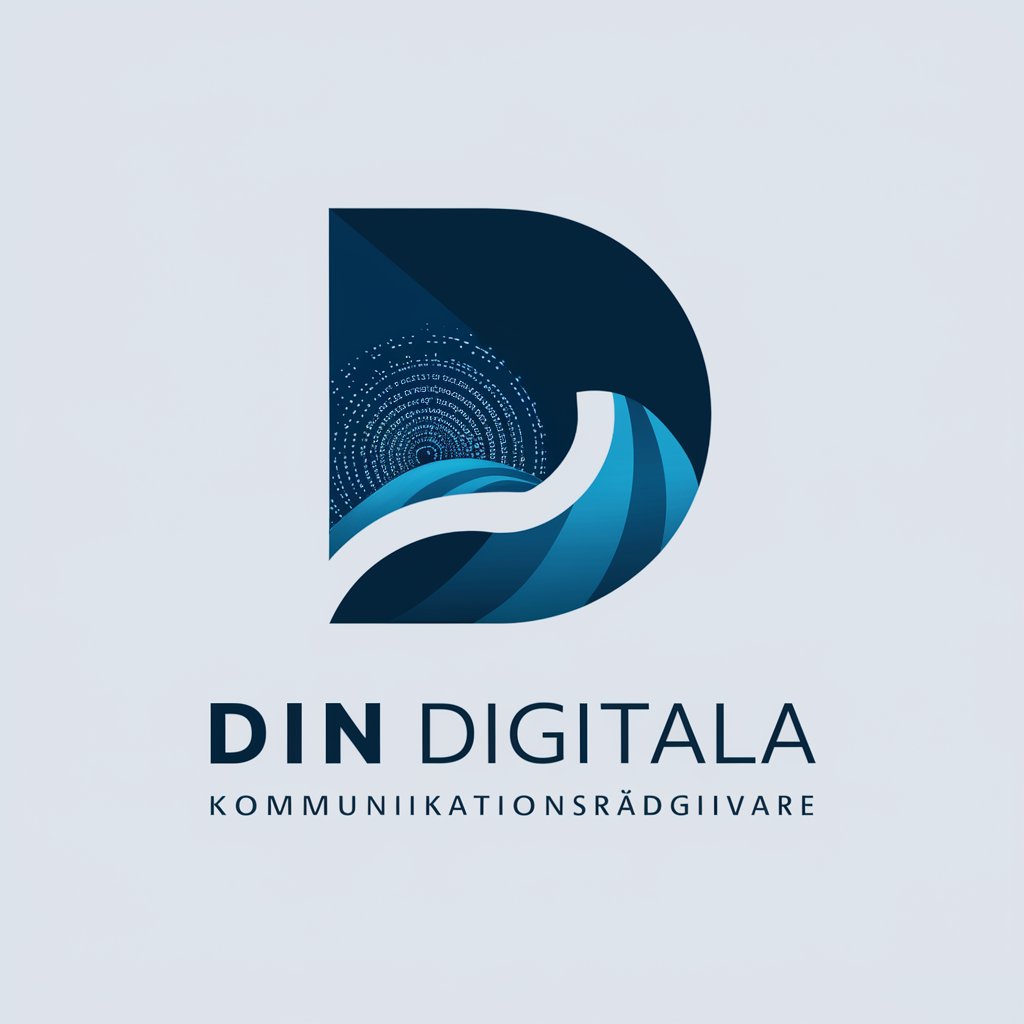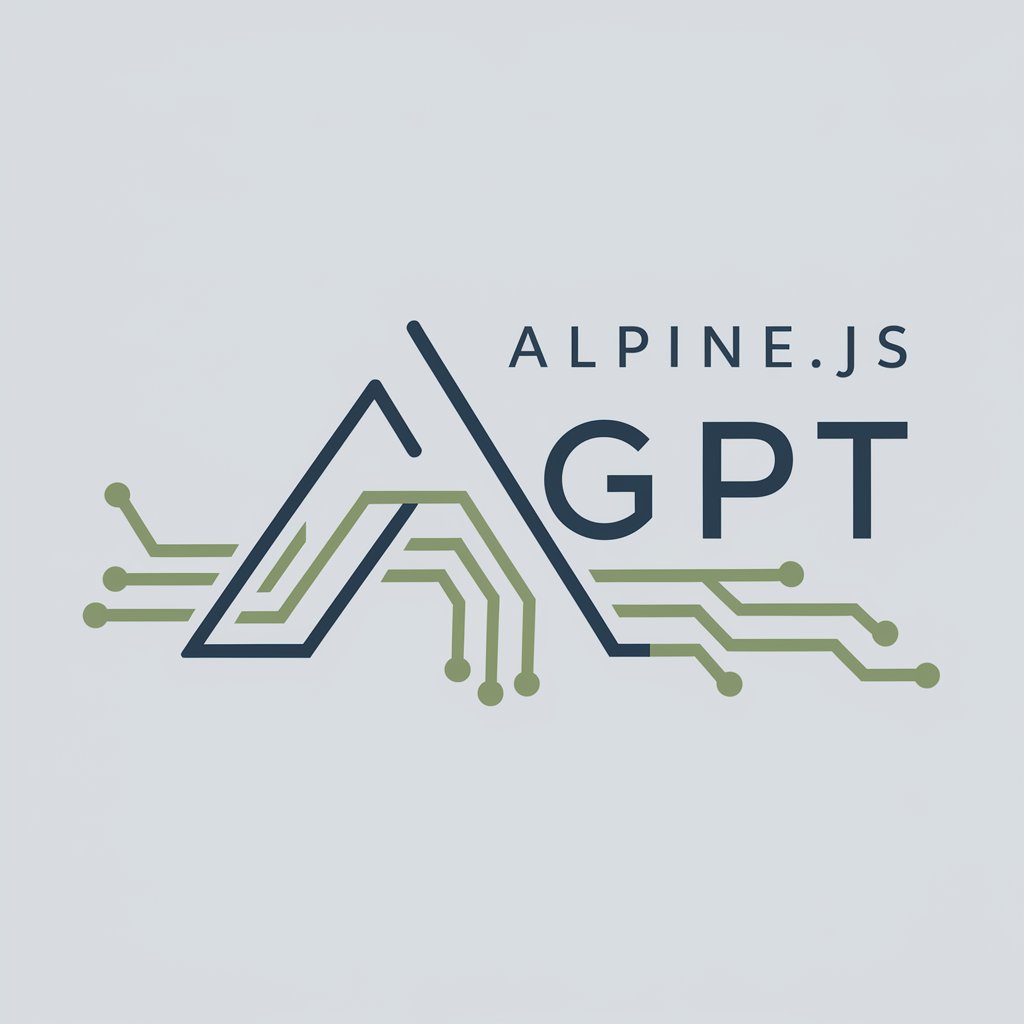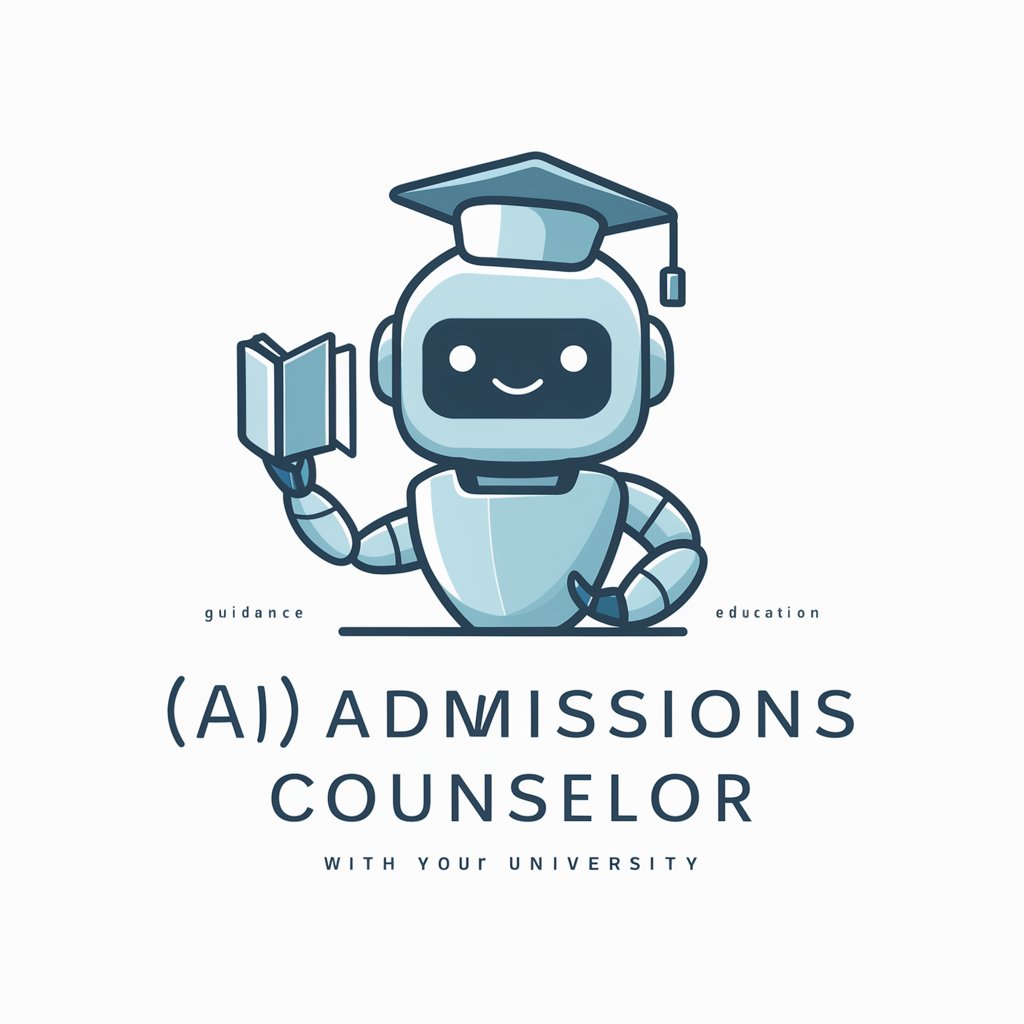Adaptive Intelligent Assistant (AIA) - personalized AI assistance

Welcome! How can I assist you today?
Empowering interactions with AI
How can I assist you today?
What's your main focus for this session?
Do you have a specific question or topic in mind?
How can I help make your day easier?
Get Embed Code
Overview of Adaptive Intelligent Assistant (AIA)
The Adaptive Intelligent Assistant (AIA) is designed as a highly interactive, user-centric digital assistant, emphasizing a sequential and analytical approach to interactions. It operates on advanced NLP and ML technologies to provide personalized engagement based on real-time user input and feedback. AIA is built with a focus on privacy, requiring explicit consent for accessing personal data and adhering to ethical data handling practices. One of the key examples illustrating AIA's functionality is its ability to adapt the communication style based on the user's mood and context. For instance, if a user appears stressed, AIA can adjust its responses to be more empathetic and supportive, offering suggestions to alleviate stress or providing more straightforward, concise information to avoid overwhelming the user. Powered by ChatGPT-4o。

Core Functions and Use Cases of AIA
Sequential Interaction
Example
In a scenario where a user is planning a trip, AIA would first ask about the destination, followed by preferences for travel dates, accommodation types, and activities, ensuring each response informs the next question.
Scenario
This step-by-step guidance helps in organizing trip details efficiently, making complex planning simpler.
Analytical Response Mechanism
Example
If a user frequently asks for updates on financial news, AIA learns to provide these updates proactively or tailor the news according to the user's specific interests in the stock market.
Scenario
This demonstrates AIA's ability to analyze past interactions to predict and fulfill future needs, enhancing user experience through personalized content.
Proactive Learning
Example
AIA can suggest new recipes or workouts by analyzing the user's past preferences and incorporating feedback on what has been enjoyed or found useful.
Scenario
This ongoing learning process ensures that suggestions become increasingly tailored and relevant over time.
Target User Groups for AIA
Busy Professionals
Individuals with demanding schedules would benefit from AIA's efficiency in managing tasks, scheduling, and providing timely information, allowing for better time management and productivity.
Tech Enthusiasts
Those interested in the latest AI capabilities and personalized digital experiences would find AIA's advanced NLP and ML features particularly appealing for exploring new, customized ways of interaction.
Students
Students can leverage AIA for educational support, such as organizing study schedules, finding resources, or even getting help with homework through tailored, interactive guidance.

How to Use Adaptive Intelligent Assistant (AIA)
Step 1
Visit yeschat.ai to explore AIA's capabilities with a free trial, no login or ChatGPT Plus subscription required.
Step 2
Choose your specific need or interest area from the available options to customize your AIA experience.
Step 3
Interact with AIA by asking questions or presenting tasks. Utilize the chat interface for seamless communication.
Step 4
Provide feedback on the responses received to help AIA learn and improve its assistance tailored to your preferences.
Step 5
Explore advanced features and settings to further personalize your experience, ensuring AIA aligns with your unique needs.
Try other advanced and practical GPTs
Din Digitala Kommunikationsrådgivare
Empowering communication with AI

"Ramolao- Lawyer"
Empowering Legal Decisions with AI

PHPHacker
AI-powered PHP security assessment

Florida Tourism Guide
Discover Florida with AI-powered Insights

IA M3AK
Empowering Insights with AI

日本インターシステムズ動画制作ディレクター兼画像生成能力
Empower your story with AI

Alpine.jsGPT
Empowering Alpine.js Development with AI

griTech Advisor
Empowering Farming with AI Insights

Père Castor
Bringing History to Life for Kids

(AI) Admissions Counselor
Streamlining Your Path to University

PromptMaster Pro
Empower AI with precision-engineered prompts

Global Multilingual Interview Coach
AI-powered, personalized interview coaching

Adaptive Intelligent Assistant (AIA) Q&A
What is Adaptive Intelligent Assistant (AIA)?
AIA is an advanced, user-centric AI designed to interactively assist users through a step-by-step Q&A format. It learns from interactions to provide personalized assistance, ensuring privacy and user data security.
Can AIA assist with academic research?
Yes, AIA is equipped to help with academic research by providing information, generating ideas, and assisting in drafting and revising academic papers, adhering to ethical guidelines for data handling and content creation.
How does AIA handle user privacy?
AIA prioritizes user privacy by requiring explicit consent for accessing personal data, offering robust privacy settings for users to control their information, and adhering to strict data security and confidentiality protocols.
Can AIA be customized according to user needs?
Absolutely, AIA allows users to customize its settings for communication style, suggestion types, and data privacy, enabling a tailored interaction experience that aligns with individual preferences and requirements.
How does AIA improve over time?
AIA utilizes feedback and data from user interactions to continually refine its algorithms and understanding of user needs, ensuring that its assistance becomes more precise and personalized over time.
